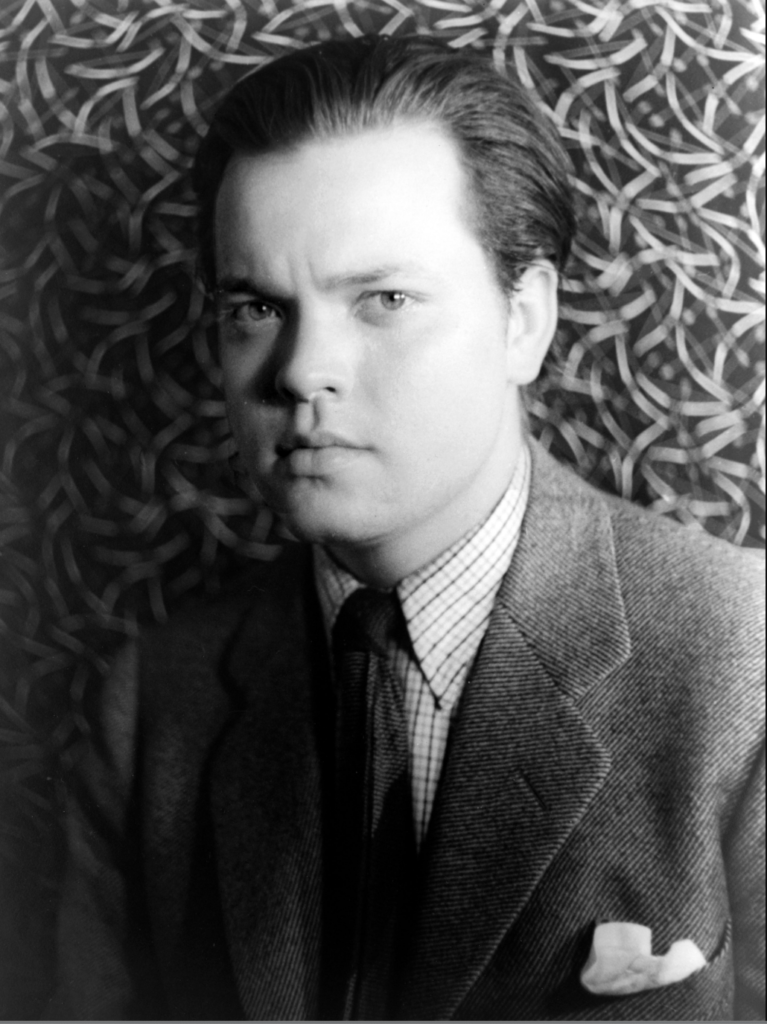| Yuval Klein |
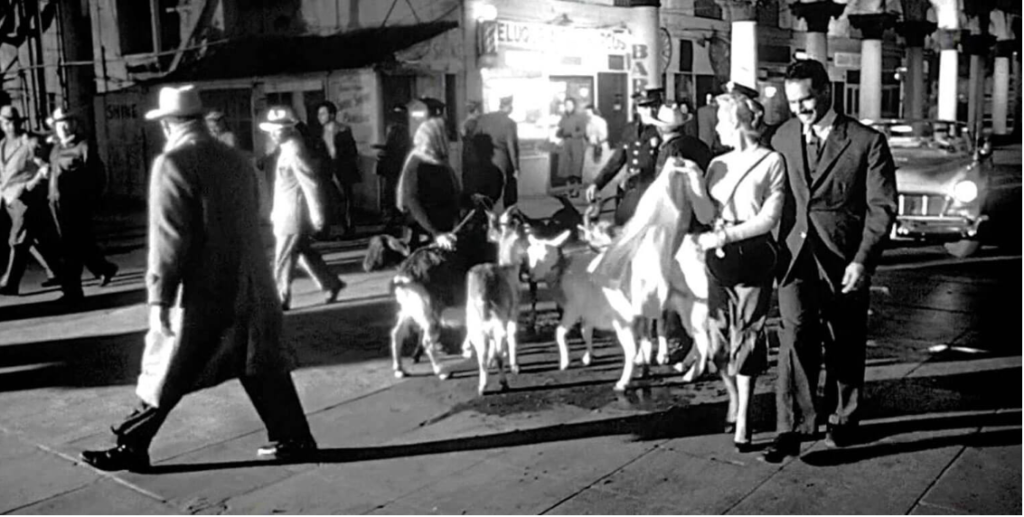
Touch of Evil plays in glorious 35mm at the Trylon Cinema from Sunday, June 2nd, through Tuesday, June 4th. Visit trylon.org for tickets and more information.
At the Mexico–U.S. Border, gangsters and police animate a caustic criminal underbelly. The protagonist, Mike Vargas, is a respected Mexican criminal prosecutor who crosses over to his American newlywed’s home country at the precise moment of an explosion that kills two Americans. Joining him in investigating the attack is a senior American police officer who eerily resembles a bloated Orson Welles (go figure). In a three and a half minute opening scene, the camera tracks the newlyweds as they weave through lively streets that are dense with activity, such that the viewer feels propelled forward by urban movement. This masterful, graceful shot is upended explosively. Giddy and enamored, the couple embrace for a moment before the camera cuts to the action. With a shaky hand-held frame, the shift from tenderness to grit is well executed. Whereas the camera previously glided in a way that exuded a sense of control, it now takes on a wonderful disarray.
Touch of Evil’s plot was derived from Whit Masterson’s moderately successful novel Badge of Evil. A notable change that Welles made to the source material was making the protagonist Mexican. This politicized the character, rendering him an antithesis to hostile Mexican stereotypes. He is played by Charles Heston, a strange but surprisingly decent choice
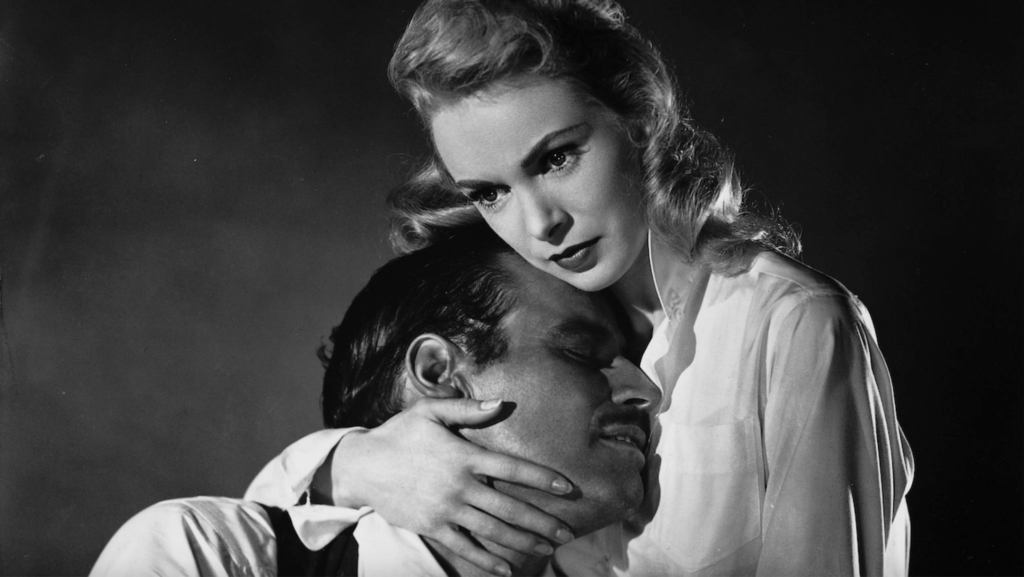
Image sourced from IFC Center
Angered at the extended period of time director Orson Welles took in post-production, Universal Studios chutzpah-ly booted him from the project, allowing B-movie director Harry Keller to hijack the production. With shameful reshoots, the film was completed. Famously, Welles fought for his artistic control through a 58-page memo to the studio executives. Instead, the film was further corrupted, cut in response to a woman in a preview screening who declared the film to be the “ugliest, dirtiest movie she’d ever seen.” Subsequently, a tragedy so great that I must hasten to describe it occurred: Orson Welles moved on to another project, a Don Quixote film adaptation…that he didn’t finish! One can only imagine the tier of greatness that an adaptation of great literature could have reached if a mediocre novel (keep in mind: I haven’t read Badge of Evil) managed to be exalted to the status of great cinema (or one can visit his 1962 adaptation of Kafka’s The TriaI). The Touch of Evil director’s cut that we know and love was released in the Cannes Film Festival, a staggering forty years after the film’s release. This was, lamentably, also long after Welles’ death.
Let’s return to the film. Akim Tamiroff plays the fervently embodied Uncle Joe Grandi, a Mexican-American crime boss who menaces Vargas from the beginning. He hires a young man to throw acid at him. Meanwhile, Quinlan wanders off toward a nostalgic pianola melody, an irritating tune that nonetheless serves the film well. There, he greets a former lover who doesn’t recognize him due to his weight gain. Marlene Dietrich plays this woman, a Romani innkeeper who drops heavy-hitting sentences throughout the film. Susie (Vargas’s wife), too, enters a hotel. She is greeted by a wacky innkeeper who, unlike Dietrich’s, is a poorly realized character. She stagnates in her hotel room whilst her husband investigates. Her final sequence at the inn is harrowing. Grandi’s men enter her bedroom and pounce on her. Obviously, the scene is cut short, but the very implication of such vileness is not often found in movies made during the time.
The next major development in the plot is in an interrogation scene that exposes Quinlan to be corrupt (and a bigot too). He plants dynamite in a box that we previously found to be empty. This implicates a young Mexican shoe merchant who is involved with the daughter of one of the explosion victims. Like us, Vargas was aware of the box’s previous status, so he boldly confronts the crook. However, Quinlan has a social plaque that protects him from such slander. This makes Vargas’s pursuit of truth more daunting. So, he finds incriminating documents and presents them to two influential American prosecutors. One of them says “Well, it doesn’t mean anything.” This precisely states the harrowing motto of this film. Truth doesn’t mean anything. Whether one is to live or die, enjoy or suffer, is influenced solely by the truths that other people impose on you. Irritated and indignant, Quinlan accuses Vargas of being a delusional drug addict—a theory that the American prosecutors readily accept. Joseph Calleia wonderfully embodies Quinlan’s partner; he tries to evoke a sense of sympathy for Quinlan in Vargas, to which Vargas responds “What about all the people he put in the penthouse. Save your tears for them.” But they are nameless to us and to the characters. We are given a chance to see the multitudes that Quinlan contains as we learn about his deceased wife and become intimately acquainted with his mannerisms throughout the film. Conversely, his nameless victims remain unrecognized. Welles impersonalizes the victims, including the two people blown up in the car explosion, allowing the plot to be firmly rooted in the investigation.
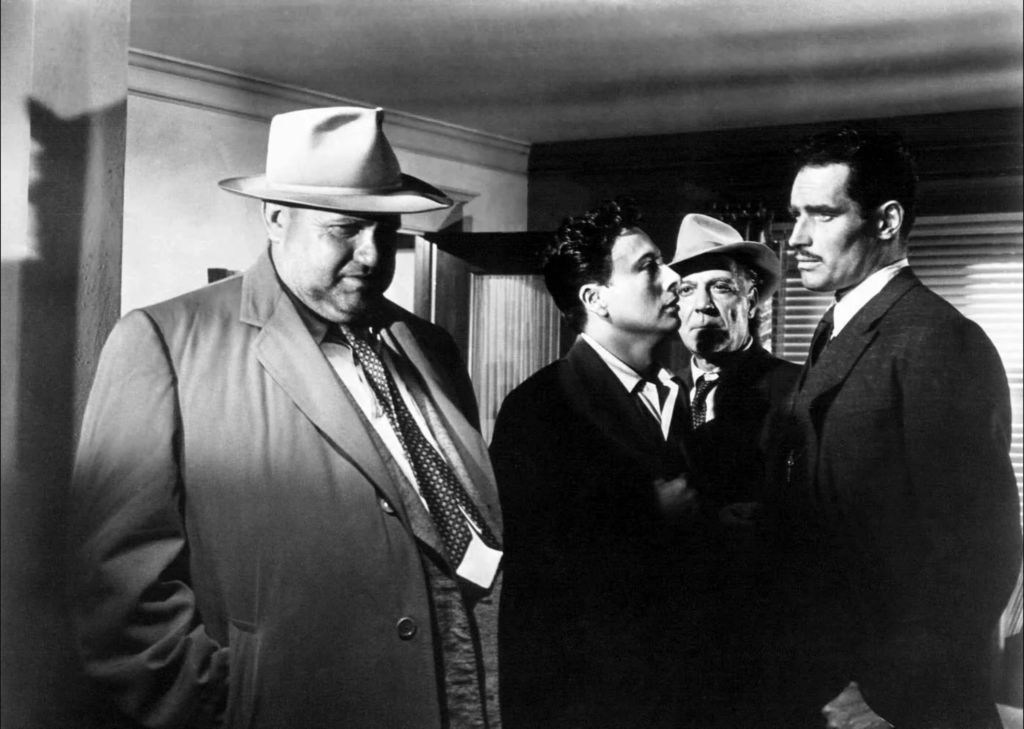
Grandi’s death scene is cinematic brilliance, a moment that I won’t describe at length. I will only mention one important detail: other than Grandi, there was a woman in the room and a man. That woman was Susie; she was drugged and then put in jail for murder. The man was Quinlan; he strangled Grandi and left undetected. The final sequence is maddeningly beautiful. Quinlan speaks to his former lover over the recurring pianola melody. He asks her to read his future for him—notably, that’s part of her job in the inn. She responds, “You haven’t got any. Your future’s all used up.” Such masterful foreshadowing can only be followed by a great ending.
While Vargas holds a recorder at a safe distance from Quilan, the partner speaks with a wire pressed against his chest. Deprived of his wife, the innkeeper’s gift of a future, and his partner’s loyalty, Quinlan is a doomed man. Although he is drunk to a point of profound impairment, he gains a moment of lucidity when his voice begins to echo from a tape recorder under the bridge. He does not see that Vargas holds this very object soon to kill him, unable to see in the darkness. His echoing voice is like his intuition kicking in; he then begins to suspect the truth. A shootout ensues that leaves the partner dead and Quinlan injured. The innkeeper calls out to Quinlan, likely to profess her love, but he stumbles into the dark lake without acknowledging her. In his hand is Vargas’ tape recorder. He ignored the evidence of human affection, instead, gazed cynically at the abysmal darkness for a few moments before death. “What does it matter what you say about people,” the innkeeper says. This means everything: the way people are treated, inhibited, and supported is contingent upon the tongues of others. As for the dead, appreciation for this film is a testament to the fact of its significance. When one dies, the stories circulating mean everything. To argue that it is “nothing” is valid, but to refute the fact that it means “everything” is not. Thanks to the restoration of Touch of Evil, even if belatedly, audiences can appreciate Welles’ artistry in its entirety. When watching the film this week in the Trylon, the fact of Welles’ long suppressed intentions is worth acknowledging.
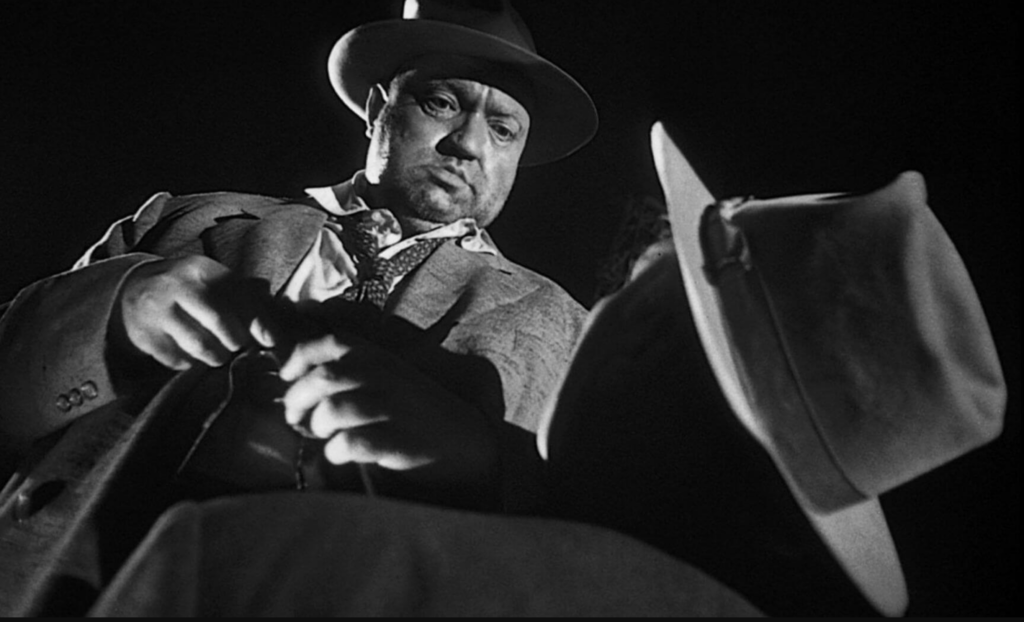
A menacing Quinlan looms over his partner
Edited by Olga Tchepikova-Treon

